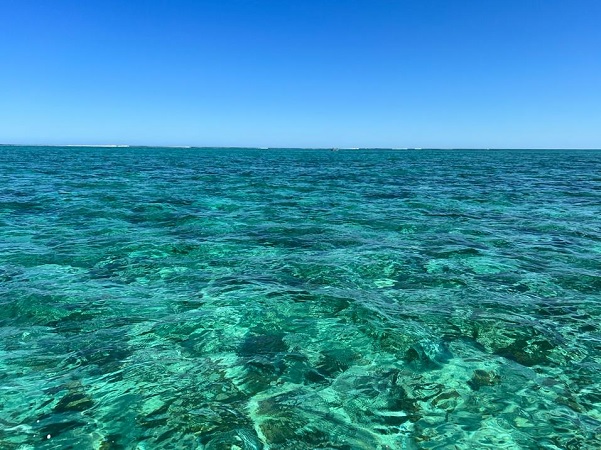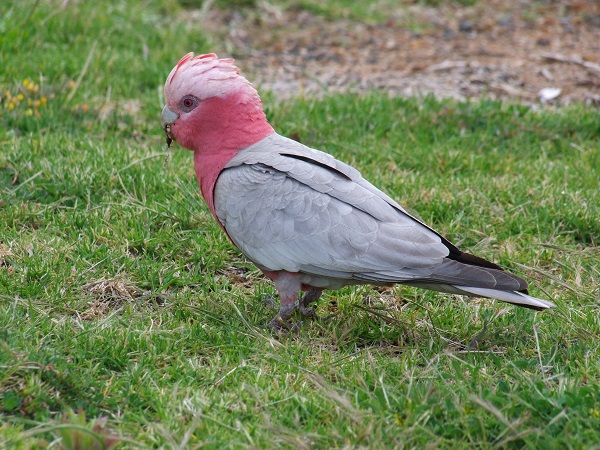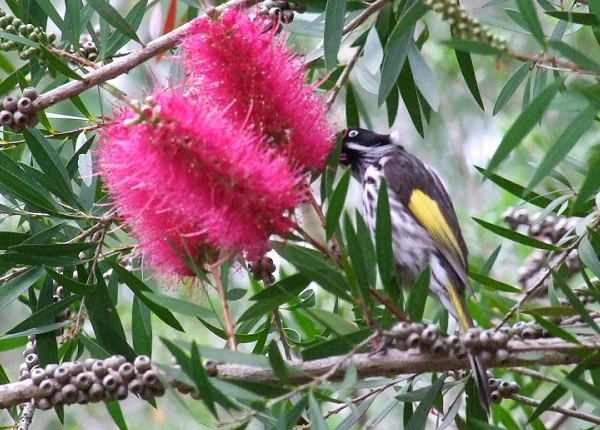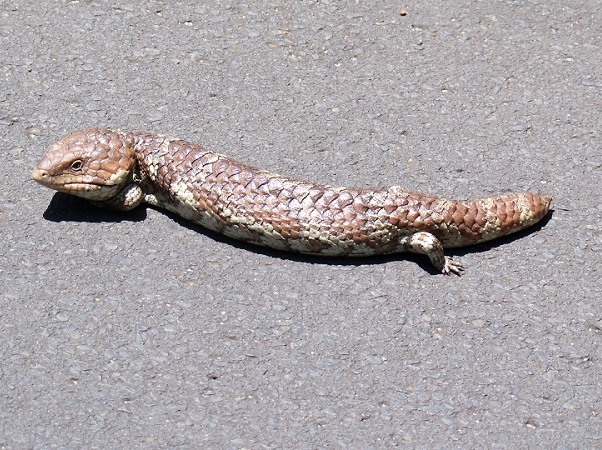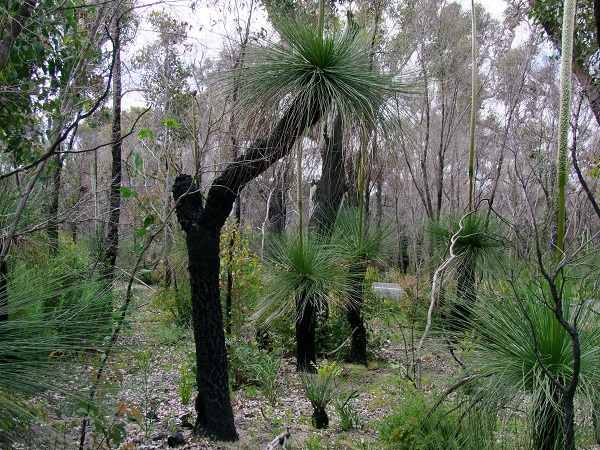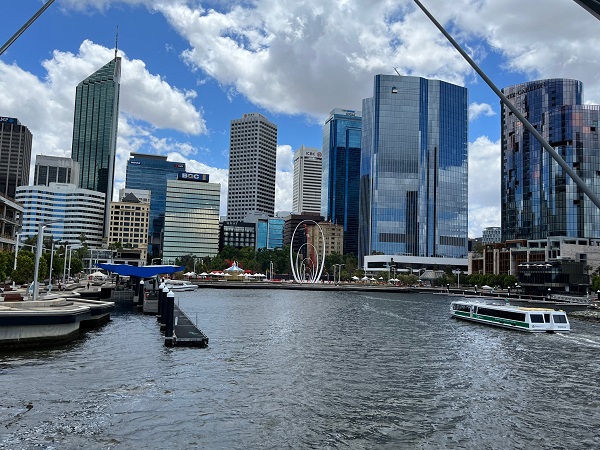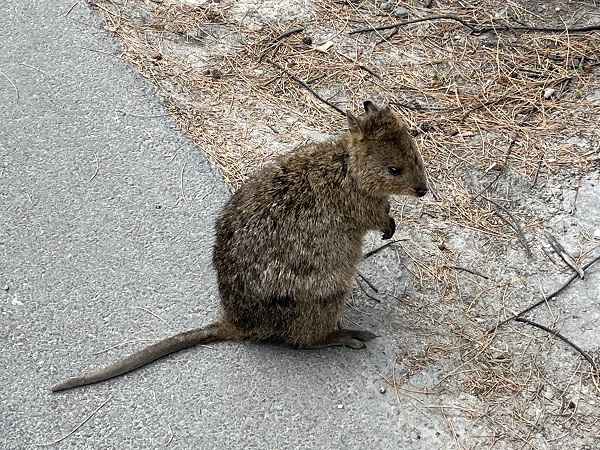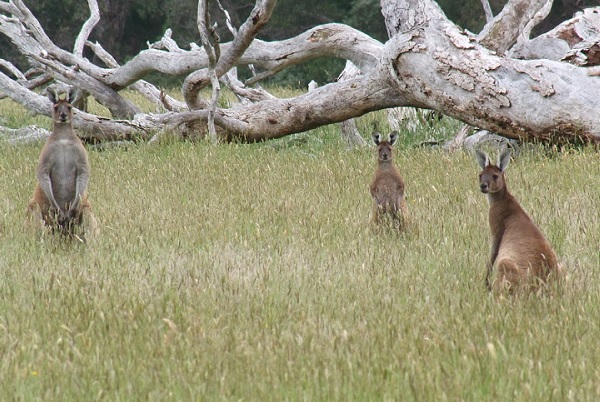
Our trip to Australia trip time (we have family there) was restricted to Western Australia, with Perth as our base and travelling to Margaret River (200km to the south), Exmouth (1,200km north) and Rottnest Island (20km to the west, off the coast), as well into Perth city.
I had not been to Australia for a number of years, with the COVID-19 pandemic playing a significant role in my delayed return. It was great to be back, not only to see family but also to see the country and its nature. Travelling up and down the western seaboard is an experience not to be missed, and only those who have driven it can know and appreciate the experience. The height of vegetation shortens as one travels north, one passes the wheat belt and then the area occupied by salt lakes. Crossing over dry river beds, as well as the Tropic of Capricorn, is quite an experience.
Driving up past the "S-Bend", then onto Geraldon and Kalbarri and crossing inland up to Carnarvon and then on to Exmouth and Port Hedland (that's as far as I have got; maybe sometime I'll get as far as Broome and Darwin...). Driving is one way to explore the rural landscape, coloured red by the iron oxide in the earth; another is by flying, for example to Learmonth (close to Exmouth) - an airport not dissimilar to Farranfore in Kerry (Ireland) with one combined departures/arrivals hall, one luggage belt, and just a couple of people staffing it).
And then there is the incredible Ningaloo Reef off the west coast, comparable to the Great Barrier Reef off the east coast. While the latter is larger, the former is a real hidden gem. It's still significantly large (5,000 km2; 260km long) and also boasts an abundance of marine life including turtles, dolphins, dugongs and rays, and the significant draw of whale sharks. So it makes sense to start with our trip to Exmouth.
But one thing that is quite frustrating in Australia is that there is little public wifi available, even in many café, restaurants and shops...
Exmouth
This was a fishing trip, or rather a wildlife trip. Up early for a 2-hour flight from Perth to Learmonth, a 30-minute drive in a car rental to Exmouth, and then a rendezvous with our skipper for the day, involving another 30-minute drive around the cape, along Yardie Creek Road to Tantabiddi Boat Ramp. Even just saying the names transport one to a different place...
In no time at all the boat was launched and we were on board (still before 09:00), motoring out to the fishing spots. Unlike previous fishing exhibitions here, mainly when I/we have rented boats ourselves and done both trolling and bottom (bait) fishing while anchored, this time was mostly stick fishing (spinning), casting from the boat close to reefs in relatively shallow water (2-10 metres). We had a good day with a number of barracuda, some colourful reef fish and a 12-kg Long-Tailed Tuna, the only one we kept for eating.
With the winds up the following day, our 2nd charter was postponed by a day, so we chose sheltered spots on the coast and spun from the rocks. Not many results in terms of fishing; however, for wildlife it was simply stunning. Over the three days we saw well over 200 turtles swimming freely in the ocean, manta rays and even dugongs (like manatees / sea-cows), bat fish, dolphins, humpback whales and shoals of tuna and other pelagic fish feeding on bait fish. On one occasion there was a spotter plane overhead, looking out for whale sharks. It started circling, a sure sign they had spotted one, and sure enough, a few minutes later a diving boat with tourists stopped just 200m away from where we were fishing and quickly started diving.
The third day there saw the winds drop and our second charter skipper decided that it was safe enough to go out on the water; however, we stayed in relatively sheltered (and shallow) water in Exmouth Gulf so we could salt-water fly-fish (just one at a time from the boat, with someone else spinning). This time the quarry was Queenfish, and we managed to get a couple in the boat, around 9kg - certainly my largest fly-caught fish.
Margaret River
A 2-3 hour drive south of Perth, Margaret River has tall trees and is popular as a getaway destination. It has an old-time, relaxed feel to it and there is plenty to see and do, not least explore the vineyards at the north of the region. We also got to visit a couple of cafés and restaurants, all out-of-the-way but with USPs such as Berry Farm which produces a significant range of wines, jams, relishes and more, as well as offering a mouth-watering menu. Such places do not rely on drop-in trade (anything if "off the beaten track") and one has to go there specifically.
The coastline is rugged; on the other hand, there are specific locations where one can pull into a cliff-top car-park and view whales (normally humpback) from the shore, with the help of binoculars: we were luck enough to do so one one occasion, with others there also spotting three other whales earlier in the day. An there are the kangaroos and wallabies: we spied them in fields of long grass, standing upright with their ears cocked, all looking at where the humans were and trying to work out if they posed a threat of any kind...
Driving along Caves Road, we stopped and explored one, Mammoth Cave, a wonderful subterranean world with magnificent formations including stalactites and stalagmites. One the walk back to the entrance and car park, we could not help noticing the burnt and charred trees, but also the significant (re-) growth and amazing flora recovery since the last major bush fire there, just 11 months ago. It is interesting to learn that many plants have evolved to not only protect themselves against such natural disasters, but also embrace them, with seeds being scattered and germinating only in extremely hot temperatures.
The forests are noisy, with the sounds from the canopy of a myriad of bird species, from colourful lorikeets to black kites, (endangered) black cockatoos, white cockatoos, kookaburras, galahs and many, many more in a bird-lovers paradise. But if you didn't look where you were walking, there was a good chance you could tread on a skink (like a short-tailed lizard) or even a snake. But we did not come across any spiders... At Berry Farm (see above) we also saw the tiny Blue Wren (fairy wren) and then we visited Eagles Heritage which cares for injured raptors (birds of prey) from owls to eagles. The wardens there reminded me of Steve Irwin (aka the Crocodile Hunter) as they had so much knowledge and passion for what they were doing while caring for animals and educating others.
On a drive down the coast, we stopped at Hamelin Bay where rays are protected and come right up to the shoreline, Augusta where we learnt about the re-introduction of six pairs of black kites along Blackwood River, and Cape Leeuwin and its lighthouse which is located at the most southerly tip separating the Indian Ocean and the Southern Ocean. On the way back up to Perth, we stopped off at Busselton and walked the 1.8 km jetty (Dun Laoghaire Pier, south of Dublin, is just 1.5km long, by comparison) and enjoyed the Underwater Observatory at the end - a natural aquarium with a panoramic view of aquatic life, 8m under the surface.
On the drive back north to Perth, with Geographe Bay on our left (north), we could not help noticing the number of canals that had been dug / created inland (all with water connectivity to the sea) that provided waterfront properties with their own private jetties for mooring their private boats. This was very similar to what we had seen at the relatively new marina in Exmouth, with half a dozen canals created there to offer similar amenities.
Perth
A couple of day-trips into the city allows us to take a relaxing 3-hour boar tour down-river from Elizabeth Quay / Barrack Street Jetty to Freemantle and back, along the Swan River (the ones upstream were 7 hours long and included meals, etc.). Watching a myriad of wildlife, from pelicans and black swans to cormorants and ibises, we also saw many of these on one of the lakes in an outlying suburb of Perth, as well as Eurasian Coots, Musk Ducks, Purple Swamphens (like Moorhens), Hoary-headed Grebes, Wood Ducks, White-faced Herons, Grey Teals and Pacific Black Ducks. But arguably it was the Galahs (pink and grey cockatoos), Sulphur-Crested Cockatoos, White Cockatoos and Green Lorikeets that were the most common (at least, from what we saw), along with striking New Holland Honeyeaters (see picture in album).
Rottnest Island
This island lies around 20km off the coast of Perth and is a popular spot to get away from it all. The only motorised vehicles on the island are those used by those who work there, with bicycles and the local round-the-island bus service the preferred modes of transport, in addition to walking, that is. With The Settlement being the main accommodation hub (all rental accommodation is centrally managed), with cafés, restaurants and bars, as well as grocery and sports equipment shops, Thomson Bay allows private boat owners to moor their own boats, while others can simply take the regular Rottnest Ferry service. Geordie Bay, on the north of the island, is another popular accommodation spot.
The island is a protected nature reserve with pristine white sand beaches and secluded coves; it is also home to the Quokka, a small wallaby-like marsupial that pops up everywhere but is normally found foraging for food under bushes across the island. Visitors are forbidden from feeding them, but they can be regularly found on the floor areas of cafés, restaurants and shops. Skinks are common here too, as are snakes (we witnessed one, around 1.5m long, slithering across the road in front of us), with ospreys (sea eagles) in evidence by way of their massive nests in inaccessible areas.
The fishing around the island is varied, both from rocky outcrops and flat reefs, as well as from boats, with King George Whiting the prized catch; sometimes it was difficult to get through surface-feeding and mid-water species such as Stripeys to the bigger and better reef fish below, incluidng Skippy. But it is strolling around the island, or availing of the hop-on-hop-off bus (tickets required) that is arguably the most relaxing of all, with stop-offs for a dip in the ocean or a drink at a café.
Our time in Western Australia is now up, so back to Singapore before the long hop back to Europe and the start of winter...
For the first and second articles in this three-part Travel Blog series, just click on the links.

